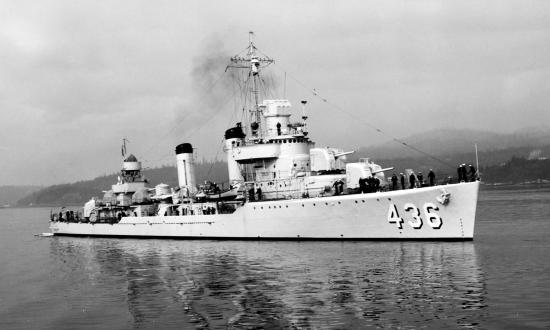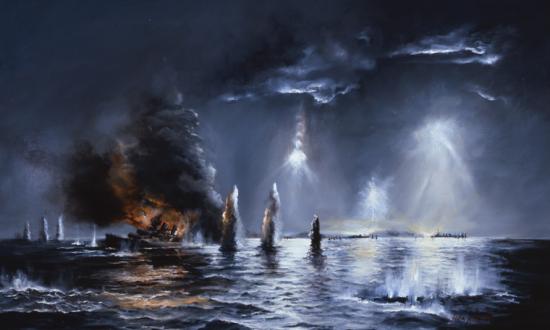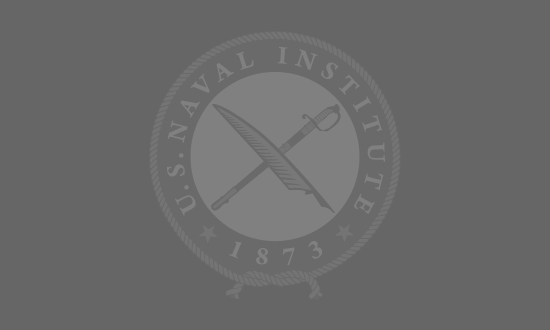Future rear admiral and renowned naval strategic thinker and author Joseph C. Wylie Jr. graduated from the U.S. Naval Academy in 1932 and served in and around the Philippines for the next four years on the USS Augusta (CA-31). In these edited excerpts of his Naval Institute oral history, he recalls an argument between his classmate Lloyd Mustin and First Lieutenant Lewis “Chesty” Puller.
Mustin said you had to be born with a gift of some kind to shoot a rifle or pistol. Puller said, “I can take any dumb son of a bitch and teach him how to shoot—even him,” which was me walking through the door. They bet $10, and a couple of weeks later, when Puller took his detachment to Fort McKinley for rifle range training, I went. Of course, I came back with a Marine Expert Rifle Medal, and Lewis won his bet.
Wylie would next serve on board the USS Reid (DD-369), Altair (AD-11), and Bristol (DD-453) before becoming executive officer on the USS Fletcher (DD-445) in 1942. There he would help lay the groundwork for the combat information center (CIC). He recalled:
In the night naval action off Guadalcanal, I made of series of sketches of the radar scope, for what reason I can’t remember. They eventually got to Pearl Harbor; by that time people had begun to realize that there was a vast amount on information not being properly correlated.
In his book Learning War, The Evolution of Fighting Doctrine in the U.S. Navy 1898–1945 (Naval Institute Press, 2018), Trent Hone elaborated on Wylie’s actions off Guadalcanal:
Even though information from radar and other sources could have provided a clear picture of the fighting around them, none of the commanding officers in the Guadalcanal battles . . . were able to develop and maintain a sense of what was really happening. The problem was not a lack of information, the problem was that there was no facility to integrate and process information into an actionable picture. . . .
Nimitz was aware of the problem. In November 1942, he issued a tactical bulletin that ordered all ships to introduce a “Combat Operations Center” to receive, analyze, and evaluate information from all sources. . . . That same month, the Navy’s first effective CIC was trialed during the Battle of Guadalcanal 1 on board the destroyer Fletcher. It was an ad-hoc arrangement created by her captain, Commander [William] Cole, and his executive officer, Lt. Cdr. Joseph C. Wylie. Wylie would stand at the edge of the radar room where he could observe the SG display. He formed a picture of the developing action and orally communicated, via sound-powered telephone, relevant information to Cole and the ship’s weapons, coaching them onto targets.
The arrangements were rudimentary but revolutionary. . . . Wylie, using information from the radars, anticipated the order to open fire and took responsibility for coaching guns and torpedoes onto potential targets. This freed Cole to concentrate fully on commanding the ship; when he gave the order to engage, weapons were already on target. These two features, the centralized evaluation of combat information from various sources and the coordination of shipboard weapons systems in combat, ultimately became the hallmarks of the Navy’s CIC.
Wylie was delighted next to receive orders to his first command, the USS Trever (DD-339), and then shocked to be ordered soon thereafter from the Trever to Pearl Harbor.
My job at Pearl Harbor was what turned out to be a handbook for CIC. Sonar information was getting better with new machinery; radar information was getting better. Our job was to spell out what a combat information center should have in it and how it should be arranged and managed. The result was a 25- to 30-page CIC Handbook for Destroyers that was ready in about six weeks. We printed 1,500 copies for the U.S. Navy and Royal Navy—my first bestseller.







